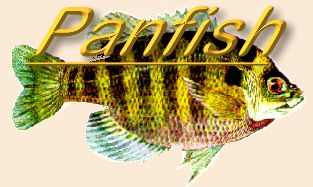ONE AND ZERO
The ice is melting off the ponds. It is not gone, but there is open water on some of the ponds. It is the Siren call and I head for the water, after a brief stop to get my license to be legal.
There is still some snow on the ground, especially where it drifted. The canoe is staying at home and I will hike into a pond and see what I might catch from the shore. It is too much trouble to try to drag the canoe through the mud to get it to the pond.
I take a 3 wt and a 5 wt rod with me. That way I can try two different flies in each place to see what might work. Attractor flies are out right now, time to go with more natural flies. Natural foods are all the fish have been seeing for a while. So it is a size 10 pheasant tail nymph and a dark hares ear type fly that are on the rods.
The road into the pond is very muddy so I’m glad that I have rubber boots on. When I get to the stream from the pond overflow I wash the mud off the boots and it makes the walking a whole lot easier. I get into the pond and find that about 60% of it is still covered with a thin skim of ice. All of the ponds will be this way, but I have caught a lot of fish from this pond.
The road leads to the southwest corner of the pond where the end of the dam is located. That means that there is water from one foot deep to 12 feet deep available to cast into and over from one spot. Also the ice is off of this area so it is more inviting to cast in this area. The ice is still covering the water at the far end of the dam.
The hares’ ear is the first fly to go into the water. No other reason except it was the first rod that I grabbed. The fly has a very small bead head on it, to help it get through the surface of the water, but will not make the fly drop very fast. I let the fly drop for a long time and then start a very slow retrieve.
The water is fairly muddy and I want the fish, if any, to have a long time to see the fly. This is a great process to do, but the fish did not cooperate. Despite several casts through the area with this fly and then with the PTN I had no luck. Total time in this spot was nearly an hour.
I moved down the pond to a place where I know that there is a break line about five feet off shore. I will be able to cast down the shoreline and retrieve along the break line and also bring the flies across the break line at many angles. The fish might be here and this will cover many options as to what the fish may be looking for.
The end result of this is that I got in some casting practice. I am fairly surprised at how well I was able to cast after having the winter off. I made some long casts, 40 to 50 feet, and could place them within a foot of where I wanted them to go. This has taken most of another hour to do.
My last hope is to go to the north end of the pond. It is shallow end and might have warmed up more. I make several cast in this area and do not have any success. My arm is beginning to feel the casts that I have made. It is time to go home.
It is the first trip and zero fish, but it was very good to get out. It’s nice to find that I could still cast and even do it fairly well with my left hand. I don’t get the distance or accuracy with my left, but it sure does work well in some places and at some times. I can hear Castwell telling me “I told you so!”
Hope you can get out on the water.
Rick
